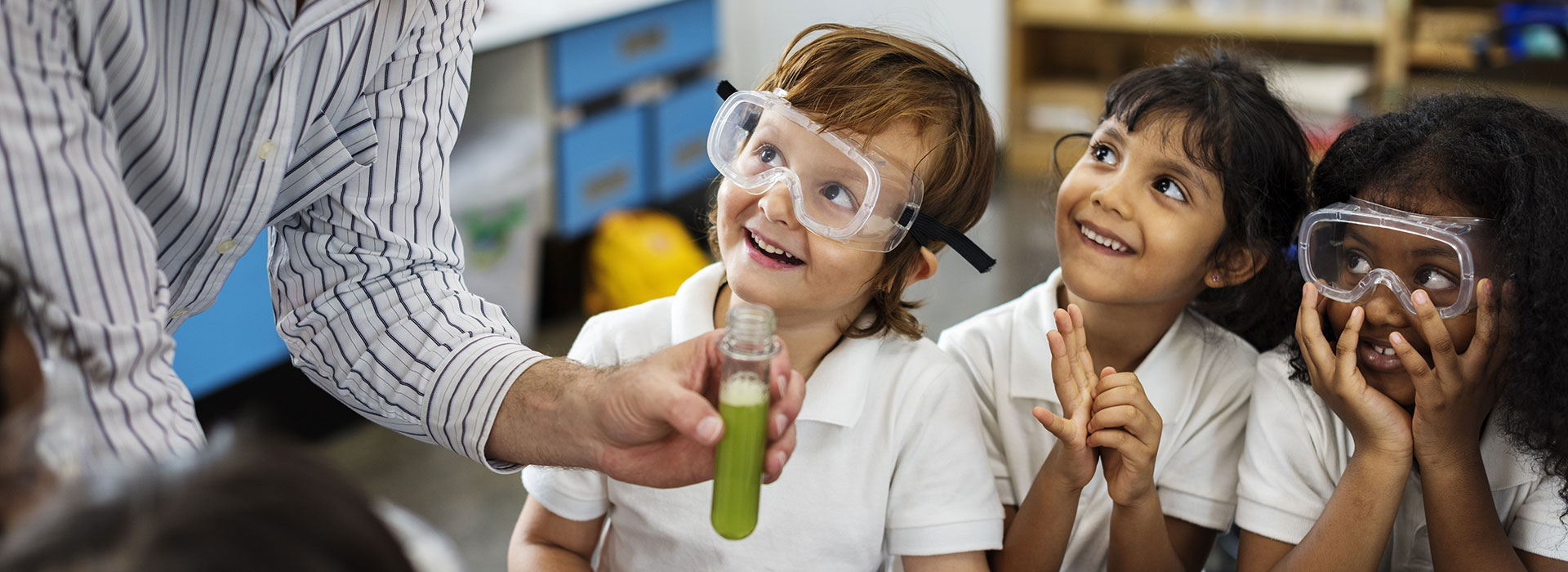When most students returned to school campuses after campus shutdowns last year, many teachers reported that their students “forgot” how to interact with each other. Some students returned to school overjoyed to be around their peers, but an alarming number of students emerged on campuses disinterested, withdrawn, or anxious. I see it still as high schoolers walk between classes with their heads down and phones out, ready avoidance of being seen by the people around them. Getting teenagers to talk about their learning proved challenging before the pandemic; it’s even harder now. Why speak up when someone else can do the talking? Why take a risk when it’s so much easier not to? If getting a class discussion going felt like moving boulders before, today it feels like moving a mountain range.
Surface to Deep Learning? Classroom Discussion is Key
Leaning against the slope of that mountain range is worth the effort. Talking about what we learn helps make learning stick. Professor John Hattie lists classroom discussion, seeking help from peers, and evaluation and reflection as three top strategies for deep learning. Dialogue helps us to consolidate and make meaning of what we learn. The good news is discussion strategies tend to be low-prep and low-cost. The tough news is they can be intimidating to pull off in secondary classrooms. Research shows that we tend to stick to teaching surface-level knowledge, while deep and transfer teaching remains elusive and under-practiced.
So how do we get there? Sentence stems are a start. Talking chips might work. Socratic smackdowns can make it fun. But for the head to learn, we must also tend to the heart.
Sense of Belonging for Student Learning
Deep learning is interrelated with well-being. If students don’t feel like they belong, they cannot learn deeply. Full stop. This relationship is common-sense for most teachers, and experts document it well. John Krownapple, in Belonging Through a Culture of Dignity, describes a belonging gap that prevents students, especially those from marginalized groups, from reaching their full academic potential. Zaretta Hammond, in Culturally Responsive Teaching and the Brain, warns that the amygdala will hijack the prefrontal cortex, which is vital to learning, in the presence of a perceived social threat. Warmth, community, and culture make us feel good as humans. They are also precursors for deep learning.
Rigorous project-based learning (PBL) is one way to foster a learning culture where all learners are valued as contributors to academic discourse. Deep learning protocols are given time on the planning calendar to ensure students have the opportunity to discuss, reflect, and try again. Students and teachers slow down to reflect and make meaning collectively. Rather than remaining at surface-level learning for an entire unit, or over-focusing on the project (transferrable) part, a rigorous PBL model places equal emphasis on surface, deep, and transfer learning. Along with this attention to rigor, it includes an emphasis on peer feedback and co-construction. This fluid movement of authority between teachers and students is intentional; it is meant to show students that their thinking and ideas are valued in the classroom. They belong because we love who they are, and they belong because their ideas are worth voicing.
Three Considerations to Elicit Student’s Voices
1. Celebrate multiple perspectives.
Life is full of perspective-laden problems. Is it more important to reduce dependence on gasoline or protect the communities where cobalt is mined for electric vehicles? How many different groups would be affected by a change to the minimum wage, and how? A reading protocol such as Final Word is one way to elicit the perspectives of all students in the class. On a larger scale, consider throwing students a curveball at the end of a project: give students a day or two to present their product or solution from the perspective of a completely different stakeholder.
2. Culturally relevant contexts.
Ask students to help brainstorm multiple contexts. Traditional PBL units tend to focus on one context that will shape the project, but where else could their learning apply? Getting students to help generate multiple contexts can lead to thinking about more culturally relevant ways to apply their learning. It can also help a teacher think beyond her cultural roots.
3. Co-construct.
Engage learners in creating clarity together. Multiple strategies can be used to enlist students in co-constructing success criteria for a project. Alternatively, try giving students four different contexts that are closely related to their current learning goals and ask students to generate a driving question. When students engage in the productive struggle, it takes to co-construct with their teacher, the energy in the room thrums. From the beginning, students’ perspectives and input help shape the project at hand.
Jumping head first into deep learning strategies requires the equally messy work of building relationships. Greeting students at the door, asking about their weekends, and paying attention to what makes them smile are likely to infuse joy into your day. It’s also likely to prepare students for learning. Including students in co-construction, perspective-laden problems, and reaching for cultural relevance helps foster a sense that each learner has something valuable to contribute in an academic setting. Deep learning has a place in our classrooms, but only when students know they belong there too.
The Project Habit: Making Rigorous PBL Doable
This book invites every teacher into the world of innovative pedagogy by meeting them where they are in their teaching. Learn more about how to make small shifts in practice that promote innovation, ignite efficacy, and enhance student agency for all students in their learning.
Learn More!


